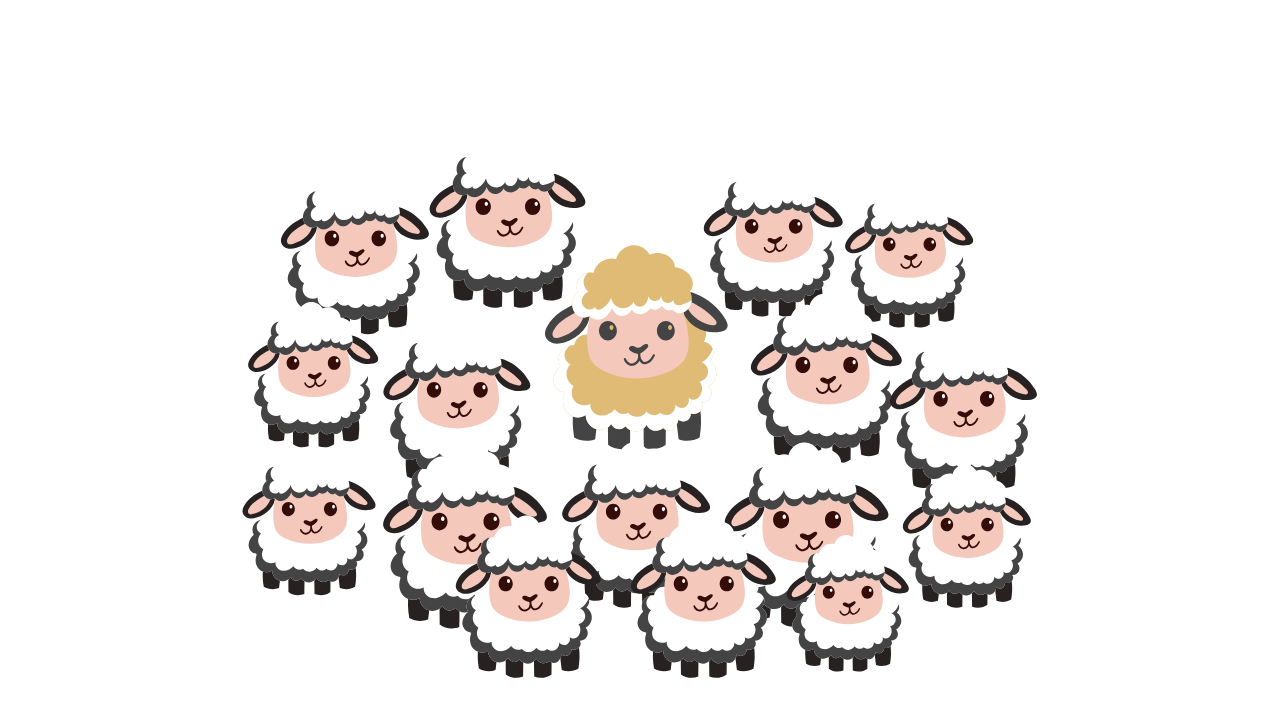What Molds Your Beliefs and Core Values?
Your beliefs and core values are the foundation of how you see the world. But have you ever stopped to question where they come from? For most of us, these are molded by our upbringing: our parents, schools, culture, religion, friends, and even the information we consume daily.
Take a moment to reflect. Are your values truly aligned with who you are, or do they simply reflect what you’ve been taught to believe? For instance, maybe you were raised to value stability because your parents worked traditional 9-to-5 jobs. But does that align with your deeper desire for creativity and freedom? Or maybe you've been taught that success means material wealth and accolades, but you find fulfillment in connection and kindness instead.
If you’ve never examined these beliefs, there’s a chance you’re following them blindly because they’re part of the general consensus. Ask yourself:
- Why do I believe what I believe?
- Why do I believe what I believe?
- Do these values resonate with me on a deeper level?
- What truly matters to me when I’m not influenced by others?
Learning How to Think Instead of What to Think
Here are three examples of learning what to think versus how to think critically, along with the advantages critical thinking provides:
1. School and Memorization
What to Think: In many traditional education systems, students are often taught to memorize facts, formulas, and historical dates without understanding their broader implications. For example, learning that “The Civil War began in 1861” without diving into the causes, perspectives, and lessons from that point in history.
How to Think: Critical thinking encourages you to ask why the Civil War happened and how its lessons apply today. This deeper understanding builds the ability to analyze patterns and apply knowledge beyond rote memorization, making you adaptable to complex problems.
2. Media Consumption
What to Think: Headlines and viral posts often present information with a bias or a singular perspective, leading people to adopt a specific narrative without questioning its accuracy or intent. For example, accepting a trending news story without fact-checking or seeking alternative viewpoints.
How to Think: By evaluating the source, questioning the narrative, and seeking multiple perspectives, you develop a nuanced understanding. This equips you to make informed decisions and prevent being manipulated by misinformation or sensationalism.
3. Cultural Norms and Expectations
What to Think: Many people adopt societal norms without questioning if they align with their values. For example, the belief that success equals a high-paying job, even if it comes at the expense of personal happiness or health.
How to Think: Critical thinking helps you examine whether societal expectations truly serve you. It allows you to define success on your terms, leading to decisions that align with your purpose and values, rather than blindly following the crowd.
In all these scenarios, critical thinking is what empowers you to:
Solve Problems Effectively: Instead of relying on surface-level solutions, you analyze issues from multiple angles to find the root cause.
Stand Out in Your Career: Intelligent employers value individuals who think creatively, challenge assumptions, and bring fresh insights that can help refine existing ideas.
Build Authenticity: By questioning wholesale ideas and finding what aligns with your values, it gives you a clearer direction for living a life that feels true to who you are, rather than one shaped by external pressures.
In a world full of varying opinions and also group think, learning how to think critically is the key to thriving, not just surviving.
Escaping the Herd Mentality

It’s true that “no person is an island”. We live in communities where shared values help us thrive and in many ways we are reliant on having community. But today, the internet and algorithms have made it easier than ever to create “islands” of echo chambers. These silos reinforce what we already believe, showing us the same narratives over and over, until they feel like absolute truth.
This creates a paradox, where the internet connects us globally, but it also widens ideological divides. And you might end up in a bubble that feels so real, you forget to question whether it serves you.
Here’s the thing: just because something is the norm (whether on the internet or in your environment) doesn’t make it right. For example, it was once widely accepted that smoking was healthy, or that women shouldn’t vote. These norms only changed because people dared to think critically and challenge the status quo.
How can you escape the herd mentality and think for yourself? Start with these questions:
- Am I accepting this idea because it’s popular or because I’ve truly examined it?
- Are my beliefs being shaped by algorithms and the people around me, or am I seeking diverse perspectives to see what’s really going on?
- What might someone with a completely different worldview think about this issue?
Thinking critically doesn’t mean rejecting everything, it means being intentional about what you choose to accept.
Using Self-Awareness to Find Your Truth
Critical thinking is a skill, but self-awareness is the compass that guides it. When you cultivate self-awareness, you can decipher which ideas resonate with your authentic self and which ones feel forced or unaligned.
The challenge is learning to listen to your inner voice. In a world full of noise—opinions, trends, and popular social norms—your intuition can get drowned out. But it’s always there, quietly nudging you toward what feels true for you.
Here’s how self-awareness can help you find clarity:
Notice Emotional Reactions: Pay attention to your gut reactions when confronted with an idea. Are you resisting it because it conflicts with a belief you’ve never questioned? Or does it feel wrong because it doesn’t align with you on a deeper level?
Visit Past Decisions: Look back at choices you’ve made. Which ones felt like they came from your heart? And which ones were influenced by external pressure?
Create Space for Reflection: Journaling, meditating, or even going for a walk in silence can help block out the noise and give you mental clarity. When you strip away the distractions, your inner voice has room to speak to you.
Living in Alignment With Your Beliefs and Values
When you start questioning what you think and why you think it, life begins to feel lighter. You’re no longer carrying the weight of societal pressures or outdated beliefs. Instead, you begin aligning with beliefs and core values that you’ve chosen, not inherited.
The beauty of critical thinking combined with self-awareness is that it doesn’t isolate you from the world. It actually helps you to engage with it in a more meaningful way that comes from a place of authenticity and clarity. You can honor the values of your community while also carving a path to stay true to yourself.
So, I’ll leave you with this: Don’t just accept what to think. Challenge yourself to explore why you think it. Because when you’ve done the work to refine your beliefs and align them with your core values, you’ll have greater clarity for how you want to approach life going forward.

Do you want to level up and change your life Trajectory?
We're launching our course on Self-Awareness
Thank you!

